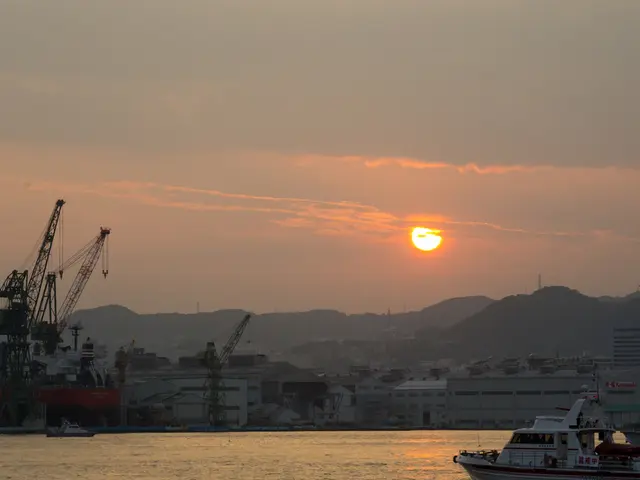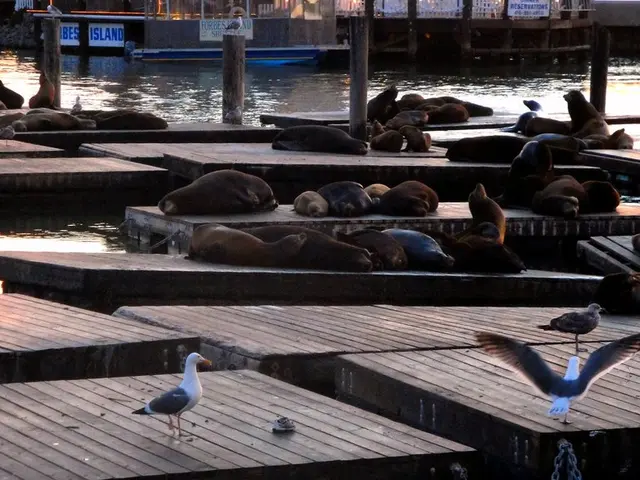Quintana Roo's Beaches Disappear: Climate Change Threatens Mexico's Tourism Jewel
Quintana Roo, Mexico's tourism hotspot, faces a dire situation as beach erosion worsens. Over 80% of its coastline, including the Riviera Maya, is affected, with beaches disappearing at alarming rates. The Intergovernmental Panel on Climate Change (IPCC) warns that rising sea levels could submerge several Mexican beaches within decades, threatening ecosystems and tourism economies.
Past artificial sand fill solutions have failed, accelerating erosion in neighboring zones while ignoring reef health. Human activity, such as large hotel construction and waste pollution, is exacerbating the problem. Coral reefs and marine species that sustain beach formation are being destroyed. An 800-million-peso (US $43.6 million) restoration plan is underway, but it covers less than half the affected areas. The IPCC's Sixth Assessment Report describes scenarios where sea levels could rise by up to 2 meters by 2150, putting regions like Cancún, Cozumel, and the Riviera Maya at risk. Over 31.5 kilometers of beaches in Quintana Roo have been critically eroded, with up to 7 meters of sand lost in some areas.
Coral habitat rehabilitation is the only viable long-term solution to combat beach erosion. However, immediate action is needed to prevent further damage. Quintana Roo, having recently received tourism honors, cannot sustain further tourism infrastructure without worsening erosion. Preventive measures and adaptation strategies are crucial to mitigate the worst-case scenarios and protect Mexico's coastal regions.
Read also:
- Achieving Successful Bonsai Grafting: Selecting the Appropriate Scion and Rootstock for Harmony
- Defenders of Wildlife: Silent on Recent Habitat Projects on U.S. Public Lands
- Marburg Buzzes With October Events: Study Guide Out, Breast Cancer Awareness Walk, New Police Dog, Digital Transport
- European consumers are on the brink of experiencing a significant leap forward in electric vehicle (EV) charging technology, as Chinese automaker BYD prepares to unveil its innovative advancements.








